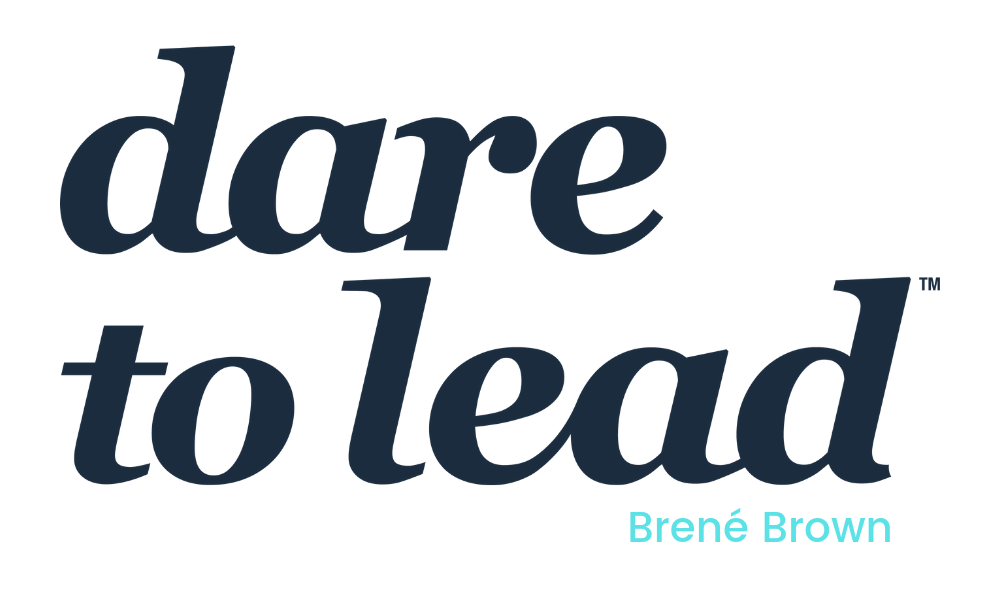We recently had an amazing client meeting. It ran for more than 2 hours, and in that time, we the BarnRaisers, collectively, spoke for maybe 20 minutes. That’s right. The rest was filled with the client. And it was amazing.
Over the course of the meeting, the client shared their successes and opportunities. They told us about current and forthcoming organizational shifts. They shared their visions and concerns. And we listened.
That’s the number one thing we do at BarnRaising Associates. Listen. We know it’s a great client meeting when we spend no more than 10% of the time talking. In fact, at a minimum, our goal is to be listening no less than 80% of the time. Why? Because it’s only by listening that we’re able to understand our client’s pressure points and opportunities for growth. By really listening we hear not only what is said, but take note of all that is left unsaid too.
Listening gives us insights into organizational culture and team beliefs – all key components of building a strong brand and leveraging brand equity. How? We pay attention to who around the table is doing the talking. How other members of our client’s team are responding to comments. When are they leaning in? When are they disengaging? So yes, we’re listening to their words, but also to their body language.
Beyond all of this, we’re also listening to the silences. We’re taking note of what questions our clients aren’t asking. And, perhaps most importantly, what questions they don’t have the answers too.
Because we build trust and establish space for clients to share openly, we are able to identify concerns and opportunities they may not have recognized or identified themselves. By paying attention to the unasked questions, we’re able to develop effective strategies (marketing, communications, leadership, sales or other) that don’t just address what our clients want, but also what they need.
It’s amazing how overlooked the simple skill of listening is. Harvard Business Review shared findings from some listening studies. There are many great insights in the article, but some key takeaways include:
- People feel judged when given feedback, but are motivated when given the opportunity to share
- People share more readily when they are paired with good listeners
- Good listeners enable speakers to see all sides of a situation
As consultants, our number one job is to listen. But, it’s an often overlooked skill that anyone can, and should, practice. So, how can you become a great listener?
- Be present. Leave your cell phone in a desk drawer. Look the speaker in their eyes. Let them know that you are there. Take time and really connect with your speaker.
- Be engaged in the conversation. Actively listening isn’t sitting in stone silence. Lean in, nod your head or provide other subtle cues (“mm-hmm”, “yes”, or “go on”) to let the speaker know you’re still with them. This builds trust and affirms your speaker’s self-esteem. Back in 2016, the Harvard Business Review shared another article about good listeners – and what they do. In it, Jack Zenger and Joseph Folkman share that “good listeners are like trampolines. They are someone you can bounce ideas off of — and rather than absorbing your ideas and energy, they amplify, energize, and clarify your thinking. They make you feel better not merely passively absorbing, but by actively supporting.”
- Ask open-ended questions to encourage your speaker to share more. Communication is always two-sided, so entering into the conversation by asking probing, insightful questions will show the speaker that you care and allow them to expand on ideas.
- Repeat back what you’ve heard, to confirm your understanding. Providing the speaker an opportunity to know if they’ve conveyed what they wanted will help to ensure everyone is on the same page.
- Refrain from judgment and knee-jerk problem-solving. Don’t jump to conclusions. These can all lead to interruptions or leave the speaker feel unheard. Instead, keep your mind open and make the space to let what was shared really sink in.
Listening. Really listening. And then working to address and answer not only what’s been shared, but also all that’s been left unsaid is the key to building effective strategies.
So, what is it you’d like to say? Drop us a line – we’d love to listen.











